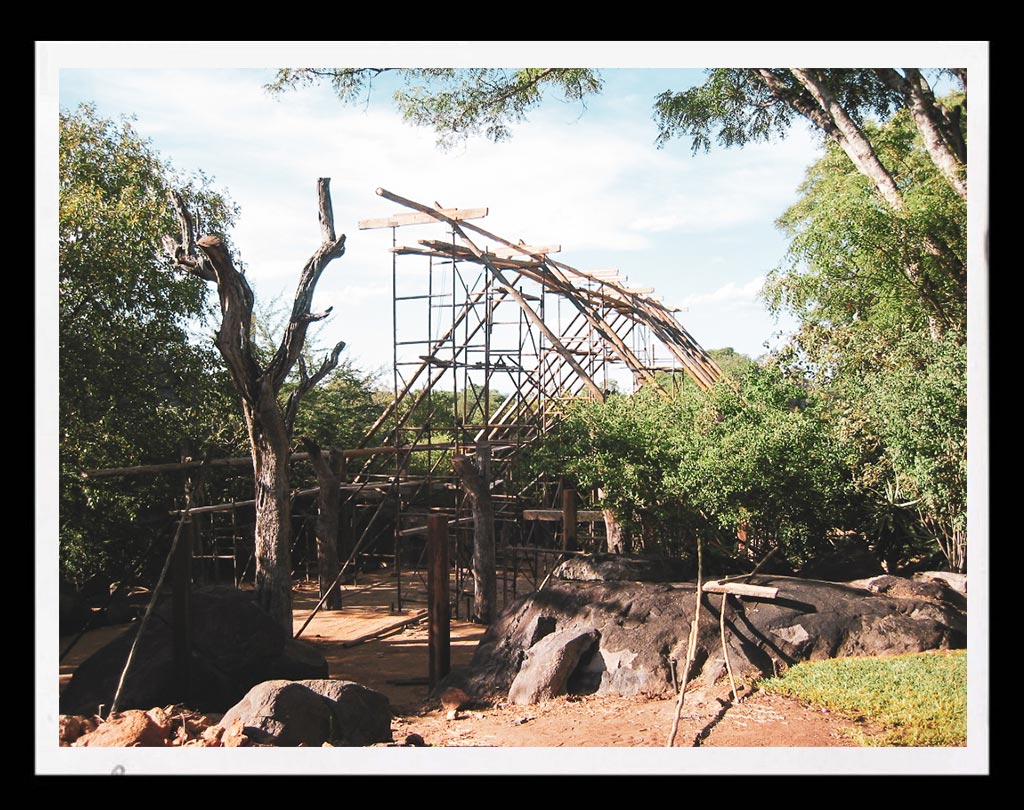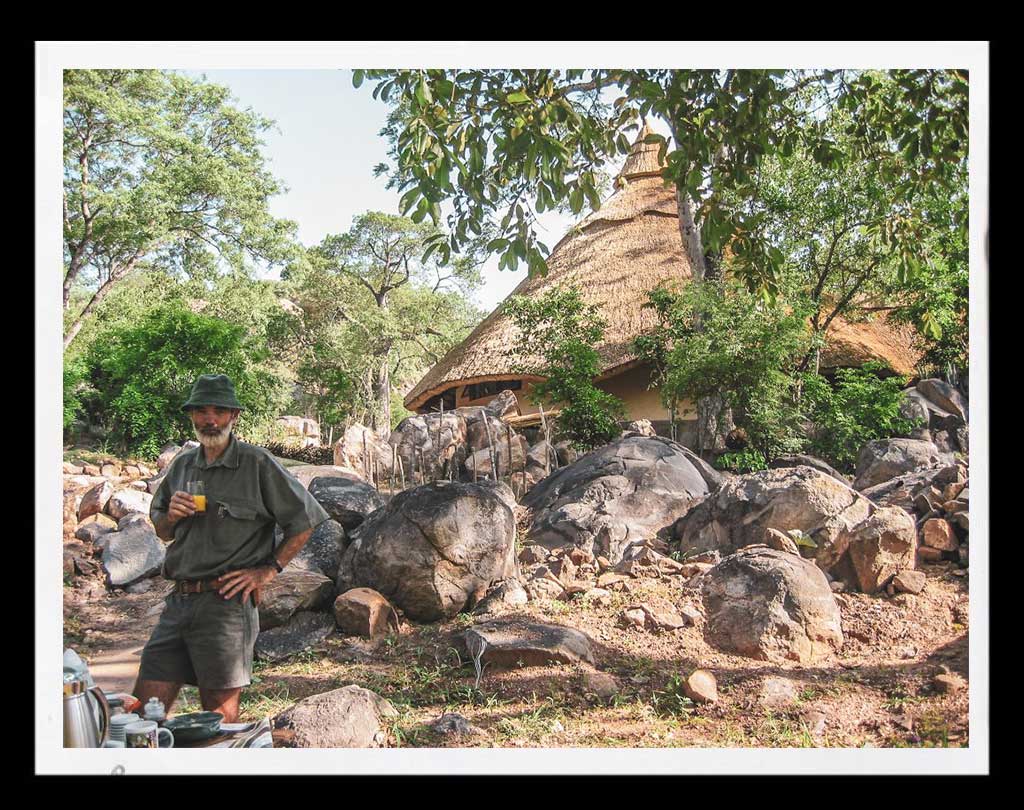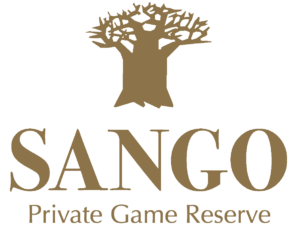30 years of conservation Tourism
A passion for wildlife and commitment to conservation and community development are at the heart of the Sango philosophy. At Sango we don’t just talk about conservation – we live it. We are proud of being part of the world’s largest privately owned Wildlife Conservancy – the Savé Valley Conservancy in Zimbabwe. Sango as the largest part that not “only” protects iconic wildlife species, but also directly improves the lives of communities in the area.
Sango is internationally renowned as an innovative model for the conservation of wildlife and habitats, including endangered species such as black rhino, painted wild dog and elephant. A key to this success is engagement with local communities, achieved through the initiation and support of community conservation and development programmes, and the education of neighbouring communities.
From the root to the fruit
Our sustainable Practices
We are inspired by the natural world that surrounds us; it is the power source for human connection. By immersing ourselves in nature, we immerse ourselves in the present moment. As we look to the future of travel, we believe in providing solutions that create healthier sustainable habits and habitats. Our design is informed by each of our unique locations, villas and lodge are built with sustainably sourced materials that have minimal impact on the environment.
Most of our power is supplied by solar panels and Dadiso Camp and Expedition Camp are completely solar powered. Given the poor quality of drinking water in Zimbabwe, eliminating sealed plastic bottles is our biggest challenge. In order to make the water supply plastic-free in the future, we are currently testing filtration systems for daily use.
With discovery of rare places of natural beauty comes great responsibility. Our purpose is to protect our home, the earth, through immersive spaces that deepen our awareness. We seek to educate and inspire, while holding transparency in high regard.
“Conservation in Africa is complex and full of challenges. I am proud that on Sango we have established conservation away from the tourist masses for over 25 years. Visit us on Sango and experience Africa in its most pristine form.”
Wilfried Pabst, Sango Founder

Our Heritage and success story
Sango Ingwe Lodge, Sango Dadiso Camp and Sango Expedition Camp are surrounded by 60,000 Ha or 600 km² of the pure wilderness of Sango Wildlife Conservancy.
The Sango Wildlife Conservancy is internationally known for successful and sustainable conservation. Starting out in 1992 with just a failed cattle farm and very little wildlife. Today Sango’s Rhino population counts 120 Black and White Rhino, more than 600 Elephants, lions, leopards, painted wild dogs, crocodiles and a variety of amazing birdlife and plans game. These achievements are making Sango Wildlife Conservancy the success story in Zimbabwe and Southern Africa.
Sango Wildlife Conservancy is a vital wildlife corridor connecting Savé Valley’s wild and arid North with the ecosystem in the South.
Sango Wildlife Conservancy is a low-risk malaria area. The area enjoys a lovely and mild spring-like climate from April to October, and a hot rainy seasons in November/December and January.
Three Unique Safari Camps on 60,000 hectares

FAQ
Most frequent questions and answers
Sango is a year-round destination. The dry winter season (May to October) is especially good for game-viewing. The temperatures are mild with little to no rainfall, and there is a lower malaria risk. Summer occurs from October to April and can be characterized as having sunny mornings with some showers in the afternoon.
A visa is required to enter the country as a tourist. Currently, one can be acquired upon arrival at airports or border crossing in a single or multi-visit format. A valid passport is mandatory and it must be valid for a further six months.
Many languages are spoken, or historically have been spoken, in Zimbabwe. Since the adoption of its 2013 Constitution, Zimbabwe has 16 official languages, namely Chewa, Chibarwe, English, Kalanga, Koisan, Nambya, Ndau, Ndebele, Shangani, Shona, sign language, Sotho, Tonga, Tswana, Venda, and Xhosa.
The tap water is generally NOT safe to drink anywhere in Zimbabwe. Bottled water or filtered water at all Sango locations on Sango is guaranteed safe to drink.
If visiting the Zambezi valley and Victoria Falls, you will require antimalarials all year round. Sango and all other areas below 1200 metres are at risk from November to June. The risk is slight in Sango because there are only a few swamps far away from the locations where you will be staying. But remember to take preventive measures against getting bitten. Because of the risk of malaria, antimalarials are advised if visiting Zimbabwe.
Take a walk through the African bush on a guided tour for a real adrenaline rush – sometimes the simple things are the most exciting! To everyone who joins us on a bush walk we guarantee unforgettable goose bumps and a feeling of freedom that is only possible in Africa.
Zimbabwe uses 220-240 Volts, 50Hz electricity. They use type D and G power sockets, similar to those used in Britain. On Sango we will provide you with all adapters needed during your stay.
Relaxed clothing is best, as is cotton. It is best to bring 3-4 outfits and use our free laundry services to keep re-wearing the same clothes. Underwear however should be packed for your entire stay. Clothing that covers most of your body is also best, to help protect from the sun as well as mosquitoes. Comfortable walking shoes are also must. A more complete packing list will be sent to you after confirming your visit.
With the removal of the Zimbabwean Dollar in 2009, the country has adopted a multi-currency system, with the US Dollar being the most widely used. Hard currencies such as US Dollars, GBP Sterling, Euros and South African Rand are accepted widely and you are encouraged to carry small denominations for ease of trade. Though credit cards are generally not accepted as a form of payment, there are some hotels that will – Visa is most widely accepted, while MasterCard and American Express are less so.







